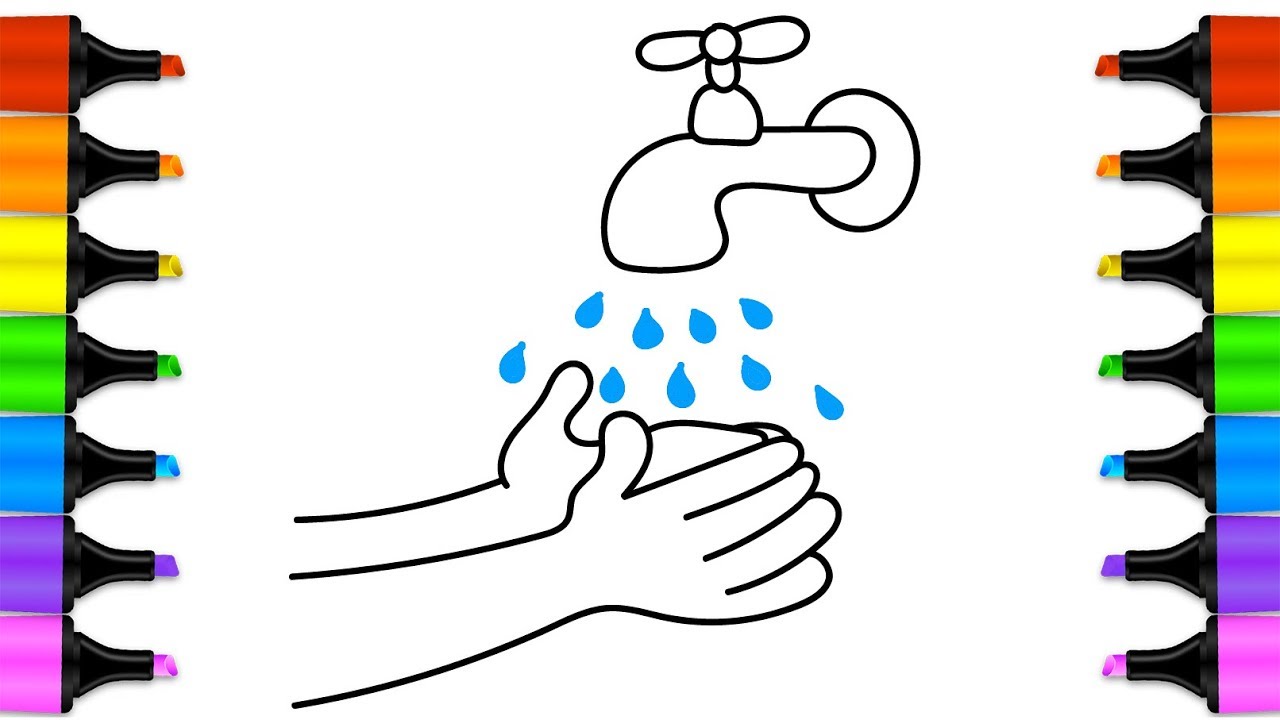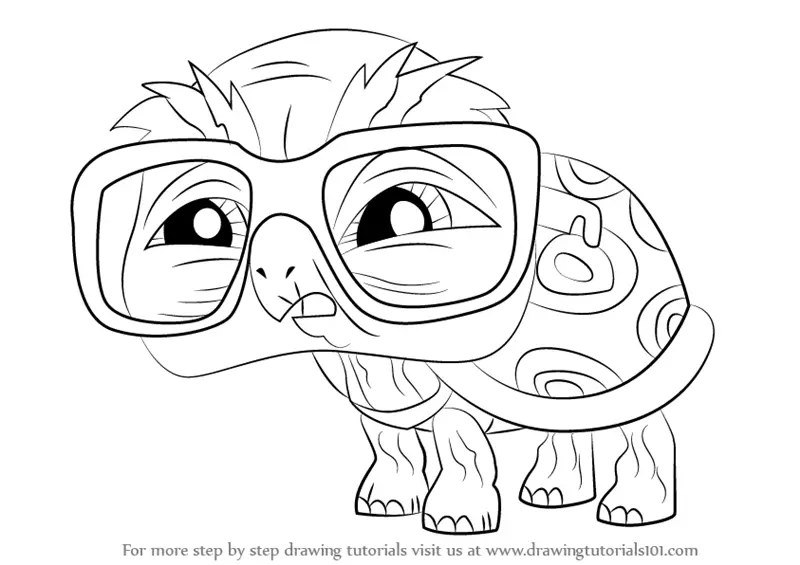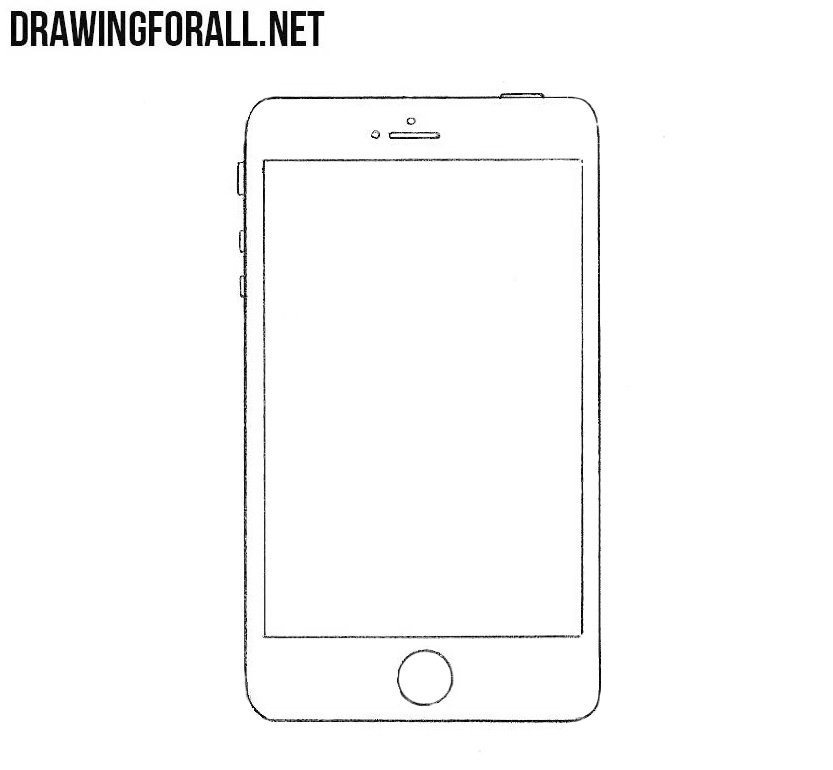Tie drawing
Table of Contents
Table of Contents
If you’re looking to add some groovy flair to your wardrobe or art collection, tie dye might just be the answer you’re looking for. With its bold colors and unique patterns, tie dye is the perfect way to express your individuality and creativity. In this article, we’ll take you through the steps of how to draw tie dye and help you create your own vibrant masterpiece.
The Pain Points of Tie Dye
Have you ever tried to create a tie dye design, only to end up with a muddy mess instead of the vibrant colors you were hoping for? Maybe you’re not sure which materials to use or how to create specific patterns. Learning how to draw tie dye can seem like a daunting task, but with a little guidance, you’ll be able to create stunning designs that will make everyone around you jealous.
Step-by-Step Guide on How to Draw Tie Dye
First, gather your materials. You’ll need fabric or paper to dye, dye in your chosen colors, rubber bands to create the resist, and gloves to protect your hands from the dye. Once you have your materials, you can start by twisting and tying your fabric or paper into your desired patterns. Once tied, soak your fabric or paper in water and squeeze out excess water before applying the dye.
Summary of How to Draw Tie Dye
To draw tie dye, start by gathering your materials, creating your desired pattern, and soaking the fabric in water before applying the dye. Experiment with different patterns and colors to create unique designs that reflect your personality and style.
How to Create a Spiral Tie Dye Design
I remember my first tie dye experience when I was in middle school, and my friends and I tried to create a spiral design. We ended up with a bit of a mess, but over the years, I’ve learned the technique to create a great spiral design.
 To create a spiral tie dye design, start by folding your fabric in half and twisting it tightly. Continue to twist the fabric until it forms a flat spiral shape. Wrap rubber bands in a cross shape over the fabric, dividing it into triangular sections. Dye each section with a different color, making sure to saturate the fabric fully. Let the fabric sit for 6-8 hours, then rinse it until the water runs clear.
To create a spiral tie dye design, start by folding your fabric in half and twisting it tightly. Continue to twist the fabric until it forms a flat spiral shape. Wrap rubber bands in a cross shape over the fabric, dividing it into triangular sections. Dye each section with a different color, making sure to saturate the fabric fully. Let the fabric sit for 6-8 hours, then rinse it until the water runs clear.
Creating a Tye Die Airbrush Effect
One of the coolest tie-dye effects is the airbrush effect. It creates a softer look while adding vivid colors to your overall design. To create the airbrush effect, dampen the fabric with water and apply the dye using an airbrush or spray bottle. The water helps keep the dye from bleeding too much, and the airbrush creates a subtle gradient effect that is perfect for creating cloud-like designs.
 ### Using Different Colors to Create Patterns
### Using Different Colors to Create Patterns
One of the most important aspects of tie dye is choosing the right color combinations. You can use complementary colors or contrasting colors to create different patterns. For example, red and green make an excellent Christmas pattern, while blue and orange create a striking contrast. Test out different color combinations and see what works best for you!
 #### Troubleshooting Common Tie Dye Problems
#### Troubleshooting Common Tie Dye Problems
If you’re having trouble getting your tie dye designs just right, you’re not alone. Some common problems include colors bleeding together, colors that are too muted, or colors that are too dark. To prevent colors from bleeding together, make sure to saturate each area of your fabric or paper evenly. To prevent your colors from being too muted or too dark, experiment with different dye concentrations until you find the right balance.
Q&A: How to Draw Tie Dye
1. Can you use different fabrics for tie dye?
Yes, you can use different fabrics for tie dye. However, not all fabrics take dye the same way, so you should check the fabric content before starting to dye. Natural fibers like cotton, hemp or linen take dye better than synthetic fibers like polyester or nylon.
2. How can you make sure the colors stay vibrant after tie dyeing?
After dying your fabric, rinse it until the water runs clear. Then, wash it separately in cold water with a small amount of detergent. Avoid using fabric softener or dryer sheets, which can dull the colors. Hang to dry or dry on low heat to maintain the colors.
3. Can you fix a mistake in a tie dye design?
If you make a mistake in your tie dye design, try to fix it before the dye dries. You can rinse the area with cold water, untie the fabric, and re-tie it in a different pattern. If the dye has already dried, you may not be able to fix the mistake completely, but you can try to cover it up with additional dye or another pattern.
4. How can you create a more intricate tie dye design?
If you want to create a more intricate tie dye design, consider using a tie dye kit that includes multiple colors and different binding materials, such as string or rubber bands. You can also experiment with different folds and twisting patterns, or use stencils or stamps to create unique designs.
Conclusion of How to Draw Tie Dye
Learning how to draw tie dye is a fun and creative process that can produce amazing results. With a little experimentation and patience, you can create unique designs that reflect your style and personality. Whether you’re adding some tie dye to your wardrobe, creating art pieces, or just looking for a fun activity to do with friends and family, give tie dye a try and let your creativity run wild!
Gallery
Tie Drawing - How To Draw A Tie Step By Step

Photo Credit by: bing.com / iheartcraftythings
Tie Drawing - How To Draw A Tie Step By Step
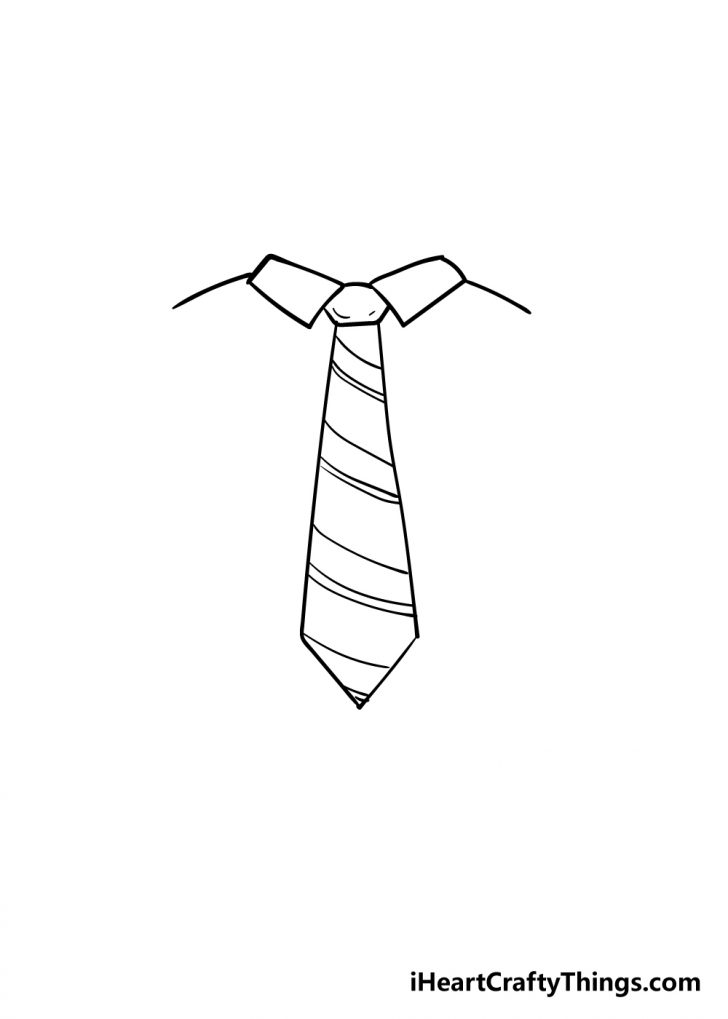
Photo Credit by: bing.com / iheartcraftythings
Tie Drawing - How To Draw A Tie Step By Step

Photo Credit by: bing.com / draw iheartcraftythings
Tie Drawing At PaintingValley.com | Explore Collection Of Tie Drawing
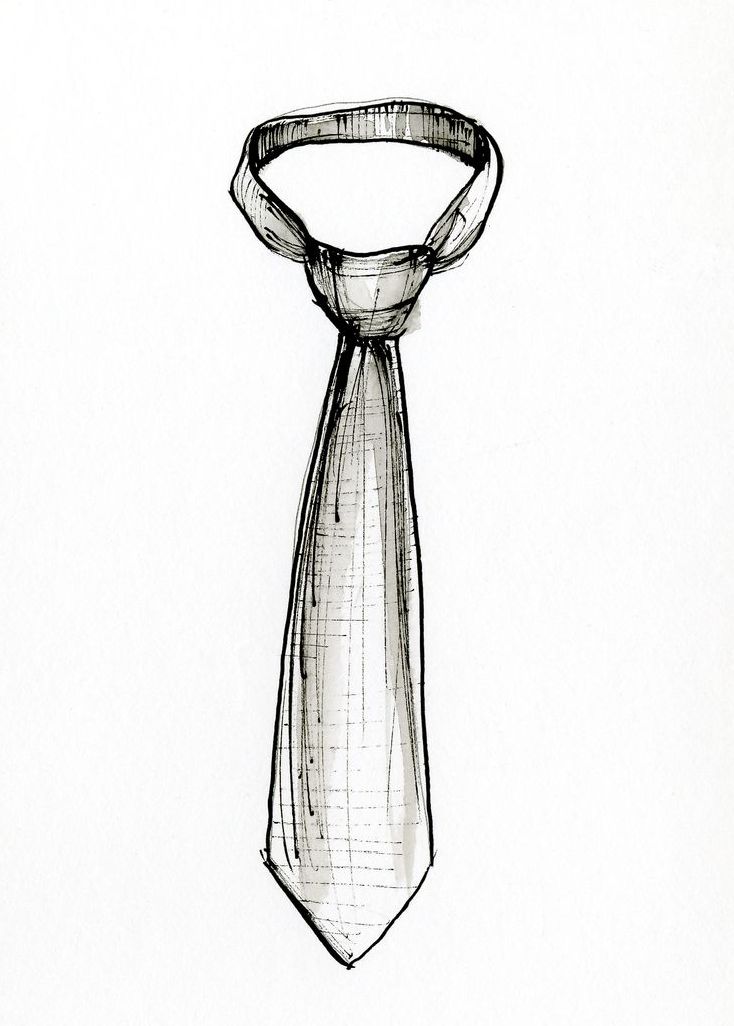
Photo Credit by: bing.com /
Tie Icon Symbol. Vector Sketch Illustration Stock Vector - Illustration
![]()
Photo Credit by: bing.com /

